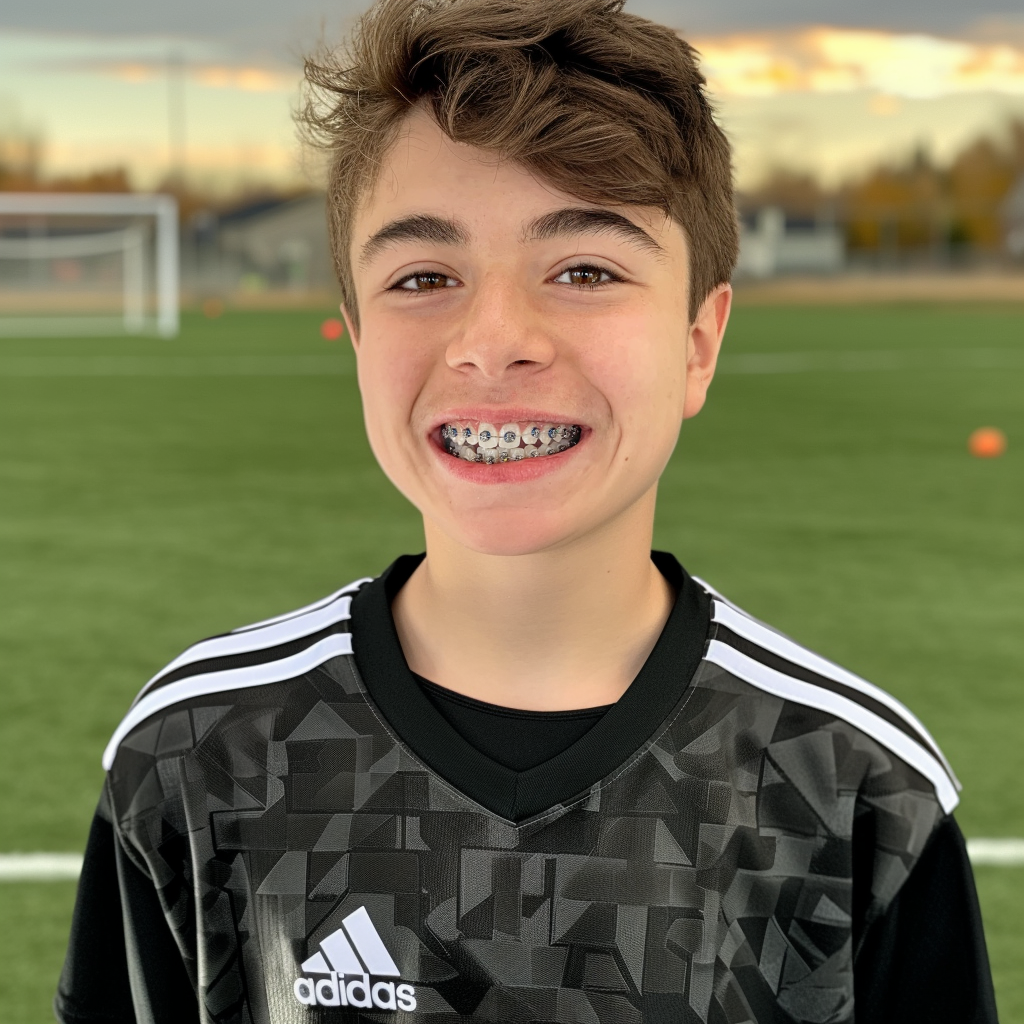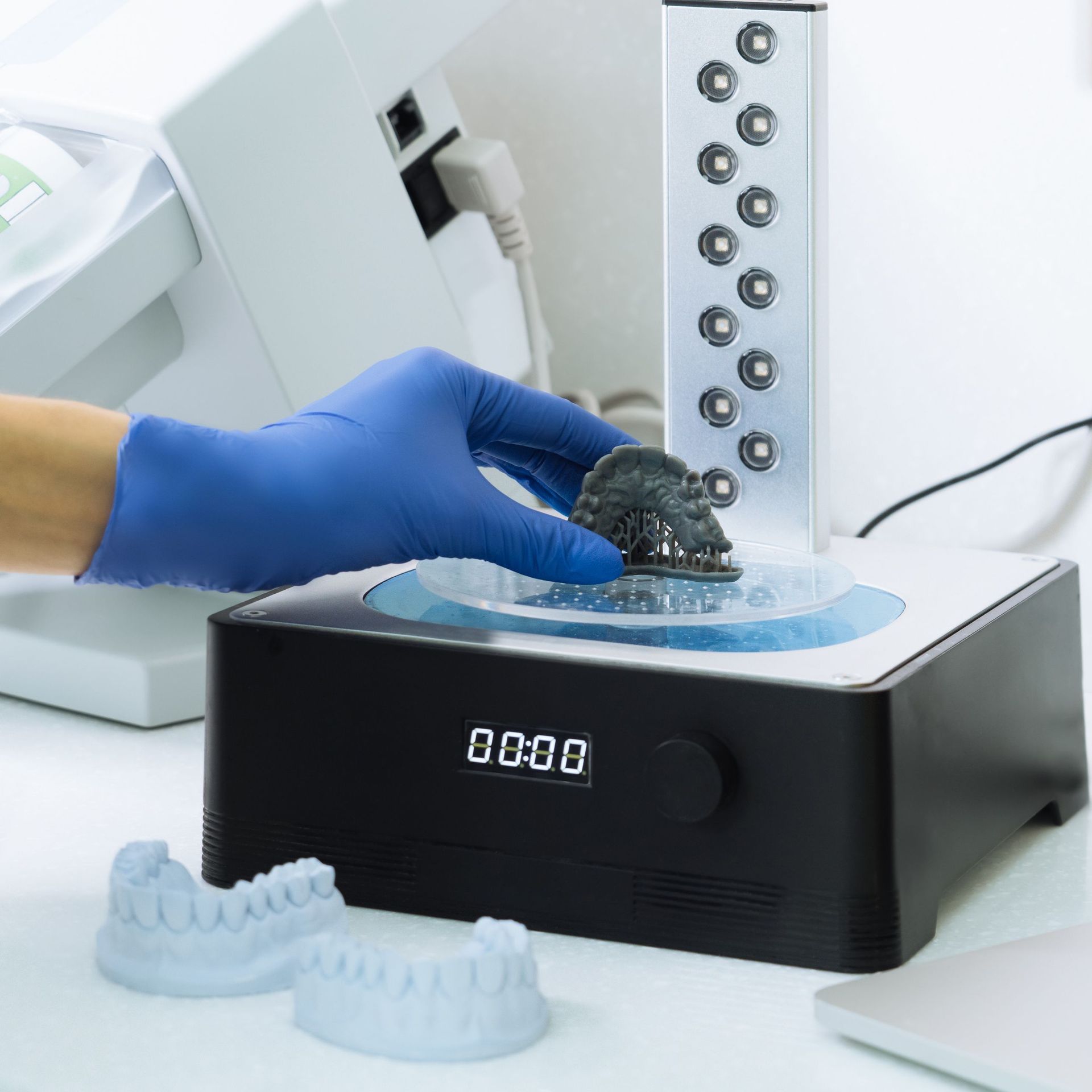
Learn how to maximize your remaining dental coverage, FSA, and HSA with Ortho Unlimited's expert tips.
Table of Contents
Introduction
Why Dental Benefits Expire: The "Use It or Lose It" Rule
Understanding Orthodontic Coverage
How FSAs and HSAs Work for Orthodontics
Insurance Tips Every Family Should Know
Budgeting for Braces or Aligners with Confidence
Timing Your Treatment: Why the End of the Year Matters
Aligners vs. Braces: Coverage Considerations
Meet the Experts at Ortho Unlimited
Making Treatment Affordable and Accessible
Real Patient Stories: Smiles Funded with Benefits
Common Mistakes Families Make with Benefits (And How to Avoid Them)
What to Expect When You Call Ortho Unlimited
Why Choose Ortho Unlimited for Insurance-Friendly Orthodontics
Conclusion: Smile Without Limits, On Budget
Frequently Asked Questions
Introduction
Every year, thousands of families miss out on valuable dental and orthodontic benefits simply because they don't take action before the deadline. Whether it's unused insurance coverage, Flexible Spending Accounts (FSA), or Health Savings Accounts (HSA), these funds are designed to support your health—but if you don't use them, they expire.
At
Ortho Unlimited, we don't just straighten smiles—we help families make smart financial decisions about treatment. With
over 40 years of experience, 20,000+ happy smiles, and five convenient Pennsylvania locations (Clarks Summit, Carbondale, Honesdale, Dingman's Ferry, and Kingston), our team knows how to maximize your coverage so
braces or
aligners fit comfortably into your budget.
Led by
Dr. Samantha Abod,
Dr. John Mariotti, and
Dr. Carolyn Serio, our expert orthodontists work with patients and parents every day to navigate insurance, answer coverage questions, and create flexible payment plans. In this guide, we'll show you exactly how to make the most of your benefits before they expire—and how to set yourself up for a healthy, confident smile that lasts a lifetime.
Why Dental Benefits Expire: The "Use It or Lose It" Rule
Dental insurance isn't like other types of insurance—it doesn't roll over from year to year. Most dental plans reset on
January 1st. That means if you haven't used your allotted coverage by the end of the year, you lose it.
Consider this:
- The average dental plan offers $1,000–$1,500 per year in coverage.
- Most patients only use 60–70% of those benefits.
- Unused benefits don't carry forward—you start fresh with a new deductible in January.
For orthodontics, this can be a huge missed opportunity. Braces and aligners are a
long-term investment, and even partial insurance contributions can make a big difference. Starting treatment before year-end can mean saving hundreds, or even thousands, of dollars.
At Ortho Unlimited, we help families review their policies and plan treatment timelines to maximize benefits. Our team is experienced in identifying what's covered, from braces and clear aligners to retainers and appliances.
Understanding Orthodontic Coverage
Not all dental plans include orthodontic coverage, but many do—especially for children. Understanding how your plan works is the first step in using it wisely.
What Insurance Typically Covers:
- A portion of braces or aligner treatment (usually $1,000–$2,500 lifetime maximum)
- Partial coverage for diagnostic records (x-rays, scans, photos)
- Retainers in some cases
What Insurance Usually Doesn't Cover:
- Cosmetic-only aligners that an orthodontist doesn't prescribe
- Replacement retainers after the first set
- Elective or "upgrade" appliances
Our Ortho Unlimited team reviews your insurance plan before treatment begins, so you'll never be surprised by unexpected costs.
How FSAs and HSAs Work for Orthodontics
One of the most effective ways to save on treatment is by utilizing an
FSA (Flexible Spending Account) or
an HSA (Health Savings Account).
Flexible Spending Accounts (FSA):
- Pre-tax money set aside by your employer
- Annual contribution limit: $3,200 in 2025
- Use it or lose it—most funds expire at year-end (check your employer's rules)
- Perfect for predictable orthodontic payments
Health Savings Accounts (HSA):
- Available with high-deductible health plans
- Contribution limit: $8,300 for families in 2025
- Funds roll over from year to year
- Great for ongoing or long-term orthodontic care
Both FSAs and HSAs can be used for
braces, Invisalign®, retainers, and related orthodontic visits. Our staff at Ortho Unlimited will provide itemized receipts and documentation to simplify the reimbursement process.
Insurance Tips Every Family Should Know
Here are some insider tips from our Ortho Unlimited team to help you stretch your benefits:
- Start before December – The earlier you schedule, the easier it is to use your expiring coverage.
- Coordinate dual coverage – If your child is covered under both parents' insurance, you may be eligible for dual benefits.
Ask about lifetime maximums – Many plans cover orthodontics only once in a lifetime, so timing matters.
Use pre-authorization – We'll submit a pre-treatment estimate so you'll know exactly what your plan covers.
Combine with FSAs/HSAs – Layering insurance with tax-free funds can maximize savings.
Budgeting for Braces or Aligners with Confidence
Braces or aligners are a big decision—but with the right financial plan, they're manageable.
At Ortho Unlimited, we offer:
- 0% interest in-house financing
- Flexible monthly payments tailored to your budget
- Family discounts for multiple children in treatment
- Transparent cost breakdowns before treatment starts
With these options, patients can confidently start treatment knowing their finances are under control.
Timing Your Treatment: Why the End of the Year Matters
Starting orthodontic treatment in the last quarter of the year is one of the best-kept secrets in dental budgeting. Here's why:
- You can use this year's insurance benefits to begin treatment.
- You'll reset your deductible in January, giving you another set of benefits to apply.
- You can often apply two years of FSA funds toward one course of treatment if you plan wisely.
This double-dipping effect can save families thousands of dollars. That's why many of our patients at Ortho Unlimited choose to begin their journey in the fall.
Aligners vs. Braces: Coverage Considerations
When planning orthodontic treatment, one of the most common questions families ask is whether insurance will cover braces and aligners equally. The good news is that both options—traditional braces and Invisalign® (clear aligners)—are typically covered under many orthodontic insurance plans. However, the
amount and type of coverage can vary depending on your provider, the patient's age, and how the treatment is classified.
Braces Coverage
Traditional braces are often covered more consistently, especially for children under 18 years old. Many insurance plans consider braces medically necessary because they correct significant bite issues, jaw misalignment, and overcrowding that can impact long-term oral health. This means:
- Braces usually qualify for partial insurance reimbursement.
- Coverage often applies to both the placement of braces and follow-up visits.
- Lifetime maximum benefits (usually $1,000–$2,500) are more commonly applied toward braces treatment.
Because braces have been around for decades, most insurers recognize them as the standard treatment for orthodontic care. Families who want the predictability of strong coverage often find that braces are the most straightforward financial option.
Clear Aligners Coverage
Clear aligners, such as Invisalign®, have become increasingly popular over the past two decades—and most modern dental insurance plans now include them in orthodontic coverage. However, there are a few important differences to keep in mind:
- Some insurance providers classify clear aligners as a "cosmetic" treatment, particularly if they are prescribed outside of an orthodontist's office.
- Coverage amounts may be the same as braces, but approval can require additional documentation from the orthodontist.
- Plans vary widely, with some covering clear aligners only partially—or not at all— for patients under a certain age.
At
Ortho Unlimited, our doctors always ensure that clear aligner treatment is
medically justified. Because aligners are prescribed by
Dr. Abod, Dr. Mariotti, or Dr. Serio, who thoroughly evaluate the bite, jaw, and oral health, patients are far more likely to qualify for insurance coverage compared to direct-to-consumer aligner products.
Choosing What Works Best for You
For many families, the choice between braces and aligners is more than just a matter of aesthetics—it's about balancing lifestyle preferences, treatment needs, and financial considerations. Braces may be the more predictable option for maximizing insurance benefits, while aligners can be the more flexible option for teens and adults who prefer a discreet treatment path.
Our team at Ortho Unlimited walks every patient through their insurance policy, explains what will be covered for braces versus aligners, and creates a financial plan that combines insurance benefits with FSAs, HSAs, and flexible in-office financing. That way, your decision is based on what's best for your smile—not just what's covered.
Meet the Experts at Ortho Unlimited
- Dr. John Mariotti: Trusted in Pennsylvania communities for decades, Dr. Mariotti provides precision treatment plans and helps families navigate the financial side of orthodontics with ease.
- Dr. Samantha Abod: Known for her patient-centered approach, Dr. Abod focuses on making treatment both financially and emotionally accessible, especially for children and teens.
- Dr. Carolyn Serio: With her approachable style and expertise, Dr. Serio ensures patients feel confident in both their treatment and their budgeting decisions.
Together, they make orthodontics
accessible, affordable, and effective for every family.
Making Treatment Affordable and Accessible
We believe financial barriers should never stand in the way of a healthy smile. That's why Ortho Unlimited offers:
- Insurance processing assistance
- FSA/HSA-friendly billing
- Flexible financing options
- Clear, written estimates for every patient
Our financial coordinators are here to help families make the smartest decisions possible, without stress.
Real Patient Stories: Smiles Funded with Benefits
Many families in Pennsylvania have transformed their smiles thanks to smart planning. Some used
year-end FSA funds, others combined
dual insurance, and some spread costs across two benefit years.
Patients often tell us they wish they had acted sooner once they realize how much they saved. Our team takes pride in guiding every family step by step—so no one misses out on valuable coverage.
Common Mistakes Families Make with Benefits (And How to Avoid Them)
- Waiting until December 31st – By then, schedules are full and benefits may expire unused.
- Assuming orthodontics aren't covered – Many families are surprised to learn braces or aligners
are included.
- Forgetting about FSAs/HSAs – Pre-tax savings can reduce treatment costs significantly.
- Not asking for a pre-treatment estimate – Avoid surprises by letting us clarify coverage upfront.
What to Expect When You Call Ortho Unlimited
When you reach out, here's what happens:
- We'll ask about your insurance provider and coverage.
- Our team will verify your benefits before your consultation.
- You'll meet with Dr. Mariotti, Dr. Abod, or Dr. Serio to review treatment options.
- We'll provide a detailed estimate that includes insurance, FSA/HSA, and financing.
- You'll leave with a clear plan that aligns with your smile goals and your budget.
Why Choose Ortho Unlimited for Insurance-Friendly Orthodontics
With
five convenient locations, 40+ years of experience, and more than 20,000 happy smiles, Ortho Unlimited is Pennsylvania's trusted orthodontic provider. Our
5-star Google rating and reputation for patient-first care reflect our commitment not only to straightening teeth but also to making treatment affordable and accessible. Whether you need braces or Invisalign®, our team ensures your financial resources are used wisely.
Call us today at
570-587-1196 or visit
orthounlimited.org to schedule your consultation.
Conclusion: Smile Without Limits, On Budget
Don't let unused dental benefits go to waste. At Ortho Unlimited, we believe every family deserves access to orthodontic care without unnecessary financial stress. By taking advantage of insurance, FSAs, and HSAs, you can make braces or aligners more affordable than ever.
With expert doctors, flexible payment plans, and five convenient locations, we'll help you finish the year strong—with a smile that lasts a lifetime.
Smile without limits! Schedule your consultation today.
Frequently Asked Questions
Can I use my FSA or HSA for braces or Invisalign®?
Yes. Both accounts cover orthodontic treatment prescribed by an orthodontist.
Does dental insurance cover orthodontics for adults?
Some plans do, but coverage is more common for children. We'll help you find out exactly what's included.
What if I start treatment in December?
You may be able to apply both this year's and next year's benefits if your plan allows.
Is Invisalign® more expensive than braces?
Costs can be similar, and both may be covered by insurance. We'll review which option fits your goals and budget.
How do I know if I have orthodontic coverage?
Our Ortho Unlimited team will verify your plan and explain your benefits before you begin treatment.












